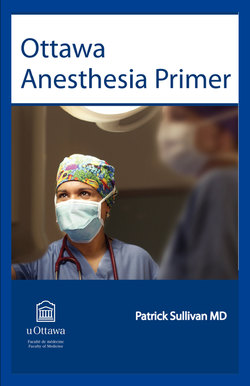Читать книгу Ottawa Anesthesia Primer - Patrick Sullivan - Страница 86
На сайте Литреса книга снята с продажи.
ОглавлениеFig. 6.11 Common problems with direct laryngoscopy. I: Lifting the laryngoscope too early results in downfolding of the tongue, obscuring visualization of the glottis. II: Pushing the laryngoscope downward may cause the epiglottis to move posterior, obscuring the laryngeal view. III: Insertion of the laryngoscope blade too deeply (esophageal inlet) bypasses the glottic aperature.
III. Laryngoscopy:
The third step involves insertion of the laryngoscope into the patient’s mouth (Fig. 6.9, 6.10). The tip of the laryngoscope blade is advanced to the base of the patient’s tongue by rotating its tip around the tongue (Fig. 6.11). The laryngoscope blade should follow the natural curve of the oropharynx and tongue. The blade should then be inserted to the right of the tongue’s midline so that the tongue moves toward the left and out of the line of vision. The patient’s tongue should not be pushed into the back of the oropharynx, as visualization will be obscured. Once the tip of the blade lies at the base of the patient’s tongue (just above the epiglottis), firm, steady, upward and forward traction should be applied to the laryngoscope. The direction of force should be at 30° from the horizontal. Once the laryngoscope is properly positioned at the base of the tongue, avoid rotating it, as this action might exert pressure on the upper teeth and damage them. Damage is more common to the immobile upper maxillary teeth than to the lower mandibular teeth, which are free to move forward with the jaw during laryngoscopy. Fig. 6.12 shows how the larynx is more visible if the blade of the laryngoscope moves the patient’s tongue to the left of the mouth and out of the line of vision.
Students learning the technique of laryngoscopy universally adopt a stooped posture, placing their face within inches of the patient in an attempt to visualize the larynx. A stooped posture limits the power that can be exerted by their arm, making laryngoscopy technically more difficult to perform. In the stooped position, vision becomes monocular. The laryngoscope is typically rotated in an attempt to improve the view resulting in pressure being applied on the patient’s upper front teeth. With a stooped posture, it is difficult to visualize the upper teeth and larynx simultaneously while being aware of the pressure being placed on the upper teeth. By maintaining a more erect posture during laryngoscopy, an improved binocular view of both the teeth and larynx is possible. With a more erect posture the muscles of the arm and forearm can then be used to lift the soft tissues upward and forward with the left hand in the direction of the laryngoscope handle avoiding the need to rotate the laryngoscope with the wrist to improve the laryngeal view.
Laryngeal Anatomy:
In adults, the larynx is located at the level of the 4th to 6th cervical vertebrae. It consists of numerous muscles, cartilages, and ligaments. The large thyroid cartilage shields the larynx and articulates inferiorly with the cricoid cartilage. Two pyramidal-shaped arytenoid cartilages sit on the upper lateral borders of the cricoid cartilage. The aryepiglottic fold is a mucosal fold running from the epiglottis posteriorly to the arytenoid cartilages. The cuneiform cartilages appear as small flakes within the margin of the aryepiglottic folds.
The adult epiglottis resembles the shape of a leaf and functions like a trap door for the glottis. In Fig. 6.13, the “trap door” is shown in both its open and closed positions. The epiglottis is attached to the back of the thyroid cartilage by the thyroepiglottic ligament and to the base of the tongue by the glossoepiglottic ligament. The covering membrane is termed the glossoepiglottic fold, and the valleys on either side of this fold are called valleculae. When performing laryngoscopy, the tip of the curved laryngoscope blade should be advanced to the base of the tongue at its union with the epiglottis. It helps to try to visualize this anatomy as well as possible when performing laryngoscopy.
